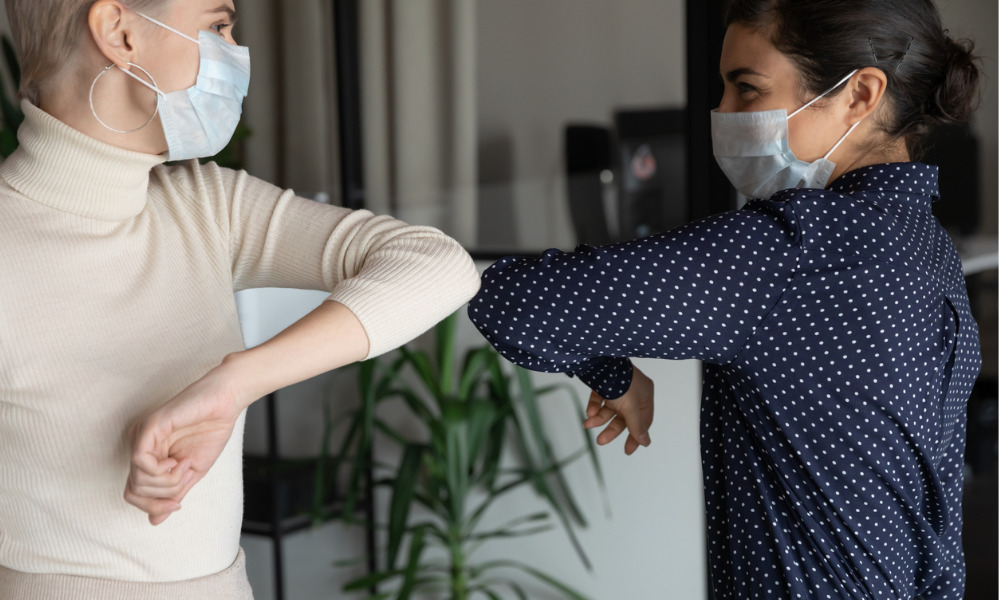
'Failure to comply with the law may lead to steep consequences for businesses'

Employers in Canada have a duty to protect their entire workforce from health and safety hazards – and that includes the threat of COVID-19.
Despite newer protocols being established at work, some employees will still need additional consideration and accommodation, a health and safety expert advises.
“Under provincial occupational health and safety legislation and human rights legislation, employers are required to accommodate these workers up to the point of undue hardship,” said Hope McManus, head of health and safety at HR consulting firm Peninsula Canada.
Some workplaces have already introduced stricter measures in recent months, such as:
“Failure to comply with the law may lead to steep consequences for businesses, ranging from penalties to prosecution from government bodies as well as legal claims from employees,” McManus told HRD.
Read more: 'I'm not coming in!': Can employees refuse to return to work?
Even as more businesses reopen under Stage 3, employees who face a higher risk of developing severe illnesses – as a result of exposure to the virus – should be cautious about returning to their physical workspace immediately, she explained.
High-risk employees are those with pre-existing medical conditions and compromised immune systems, as well as older workers who have a higher tendency of developing complications once they are infected with the novel coronavirus SARS-CoV-2.
“Employers should notify at-risk workers that they are aware of their heightened risk and that extra steps will be taken to protect them if necessary,” McManus said.
“Workers with asthma or other medical conditions that make it difficult for them to breathe may not be able to wear masks or face coverings. This is an especially tricky situation given the current requirement for wearing face masks in indoor public spaces,” she said.
Read more: COVID-19: Can an employee sue for catching the virus at work?
“In this scenario, employers may have to try to accommodate them with a remote work arrangement, an alternate work location, reassignment or increased distancing measures.”
“If employees are not able to wear [personal protective equipment] or work from home, sending them home on leave, allowing them to use their paid time off or claiming unemployment insurance are some possible options,” she said.
Companies should be vigilant in reducing the risk of COVID-19 for all employees – no matter how unique the challenges they face.
“Staggering shifts or allowing flexible start and end times allows workers to avoid rush hour on public transit. Likewise, allowing breaks outside of regular times and providing isolated spaces where at-risk employees can have lunch or rest are additional ways employers can provide accommodation,” McManus advised.
“Every worker who is considered ‘high risk’ has their own unique circumstances,” she said.
“Employers are advised to consult employees with concerns about their health and safety to determine what additional measures and accommodations may be implemented to further protect them in the workplace.”